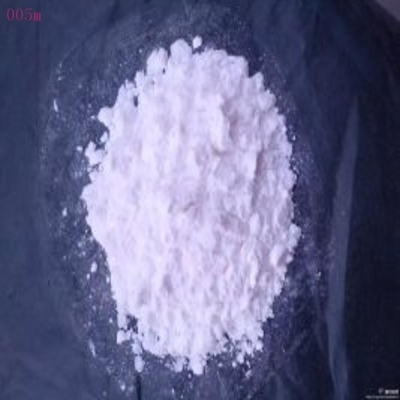-
Categories
-
Pharmaceutical Intermediates
-
Active Pharmaceutical Ingredients
-
Food Additives
- Industrial Coatings
- Agrochemicals
- Dyes and Pigments
- Surfactant
- Flavors and Fragrances
- Chemical Reagents
- Catalyst and Auxiliary
- Natural Products
- Inorganic Chemistry
-
Organic Chemistry
-
Biochemical Engineering
- Analytical Chemistry
-
Cosmetic Ingredient
- Water Treatment Chemical
-
Pharmaceutical Intermediates
Promotion
ECHEMI Mall
Wholesale
Weekly Price
Exhibition
News
-
Trade Service
Geochemical research may be costly and requires a large number of samples to be prepared.
However, innovative XRF detection methods based on robotics are changing this status quo
.
Advances in robotics have allowed people to complete X-ray fluorescence (XRF) analysis in geological prospecting projects more quickly and efficiently
.
An innovative robotic research result that has led to major changes in XRF analysis is GERDA (Geochemical Research and Documentation Assistant) , which is an automated geochemical research and documentation assistant
.
GERDA is an automated device created by the Finnish company MEFFA Lab Oy.
Its design purpose is to use a portable XRF analyzer to automatically detect the core in the core box, or the soil, sediment and gravel in a plastic bag.
The automation system is installed on a CNC bed, equipped with a Vanta handheld XRF analyzer, a high-resolution USB camera, a simple control module based on Raspberry Pi 3, and easy-to-use data processing and visualization of results Software
.
While developing GERDA, the researchers also developed a unique method called "Nugget Effect Gold Detection" (NEFFA) to assess the degree of gold mineralization in a sample (usually crushed stone or broken diamond core)
.
GERDA and Vanta XRF analyzer are used for automated testing of geological exploration projects
Development of the GERDA system
The G ERDA system is developed and built by a team that has used portable XRF analyzers to complete mineral exploration projects for more than 15 years
.
The main task of this team is to discover pathfinder elements in gold exploration projects
.
They have also seen the development and progress of Olympus in detector technology and signal processing.
In particular, the Vanta analyzer can provide lower detection limits for many elements including gold (Au)
.
As a junior exploration team with a limited budget, their focus is on greenfield exploration, rapid identification of anomalies, generation of drilling targets, and potential new discoveries
.
us" > us" >
The design goals of GERDA are as follows:
us" > us" >us" > us" >
-
Improve sample throughput for users who already have portable XRF analyzers
-
Choosing the right sample for more costly laboratory analysis
-
Get valuable results faster for real-time follow-up/replenishment
-
Reduce the overall cost of exploration analysis budget
-
Improve the efficiency of exploration plans
What is the gold bullion test (NEFFA)?
To understand this new technology, one must understand how the "gold nugget effect" works
.
The gold nugget effect is a term used to describe sampling problems that may occur when the sample contains larger gold particles (gold nuggets)
.
The Nugget Effect Gold Detection (NEFFA) technology aims to turn the challenges traditionally associated with the gold nugget effect into opportunities
.
NEFFA technology attempts to measure the gold nugget effect through multiple non-destructive and systematic analysis of a certain geological material (usually crushed stone or broken drill core), so as to determine whether there is gold or other elements based on the distribution of various elements in the sample.
Precious metals







